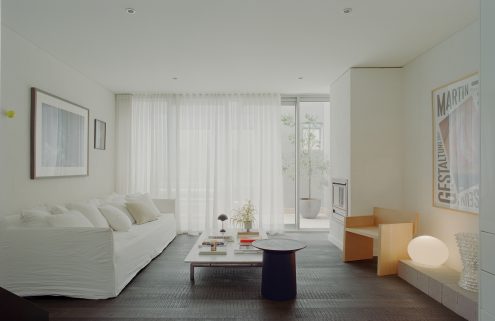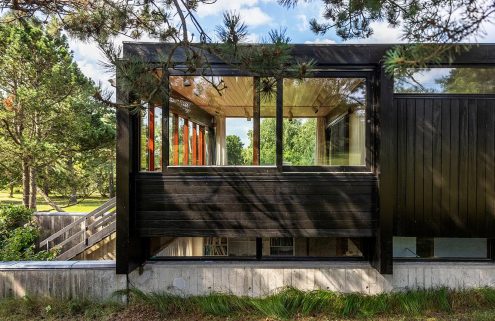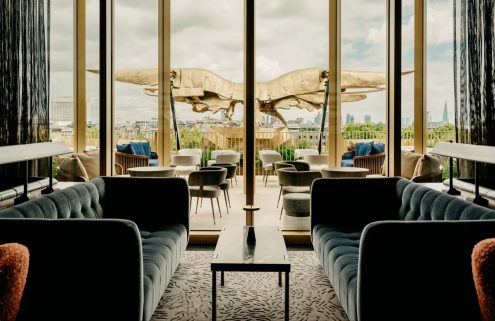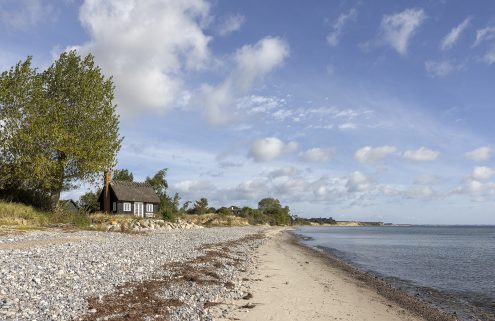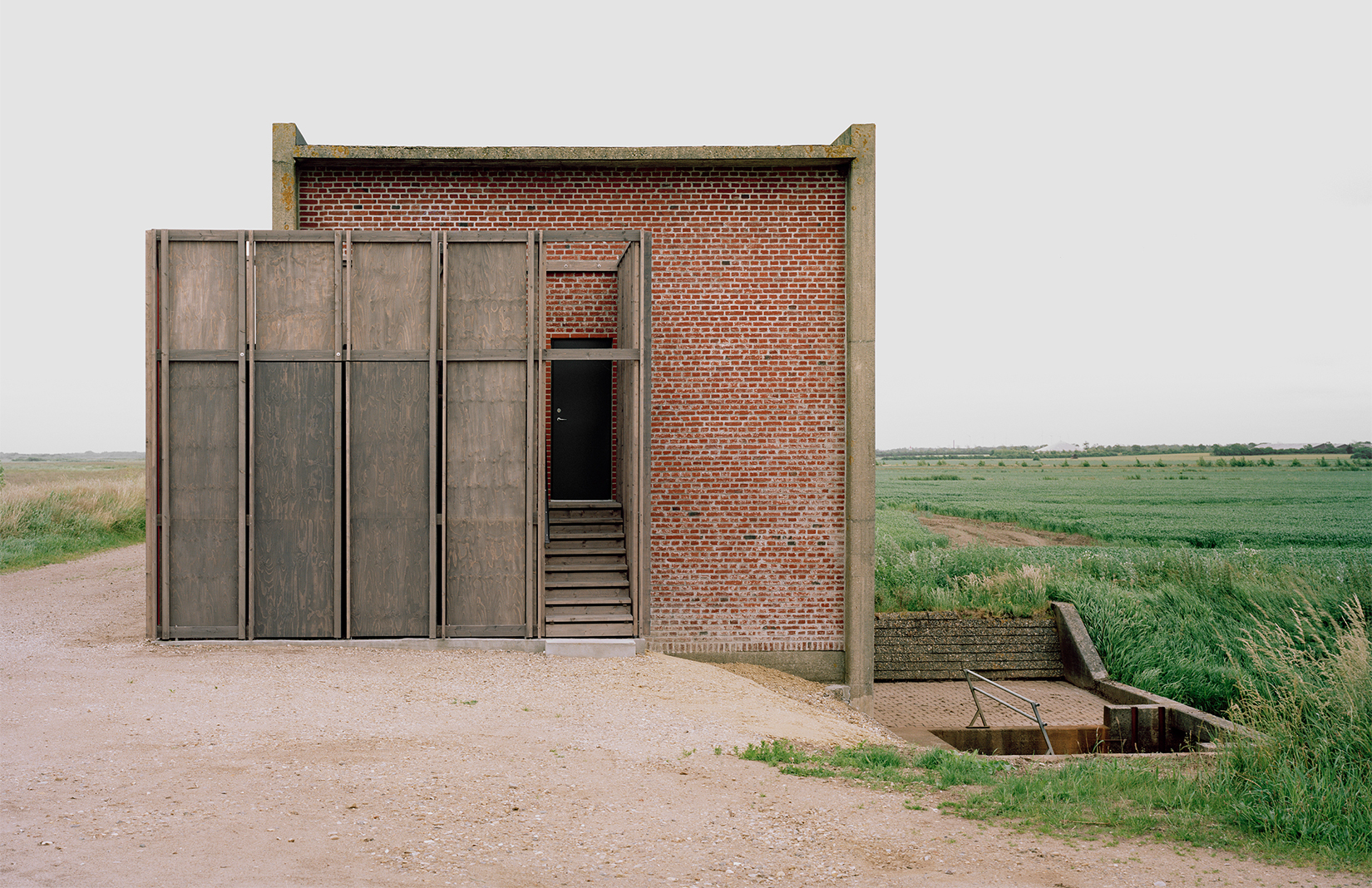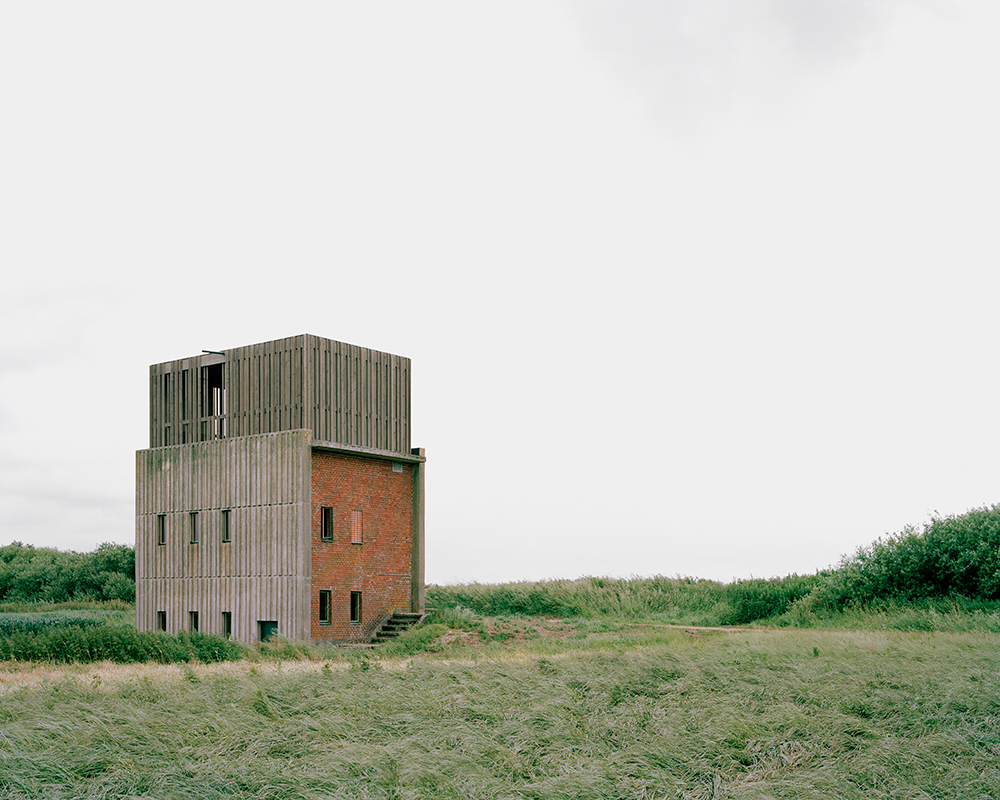
Photography: Rasmus Norlander
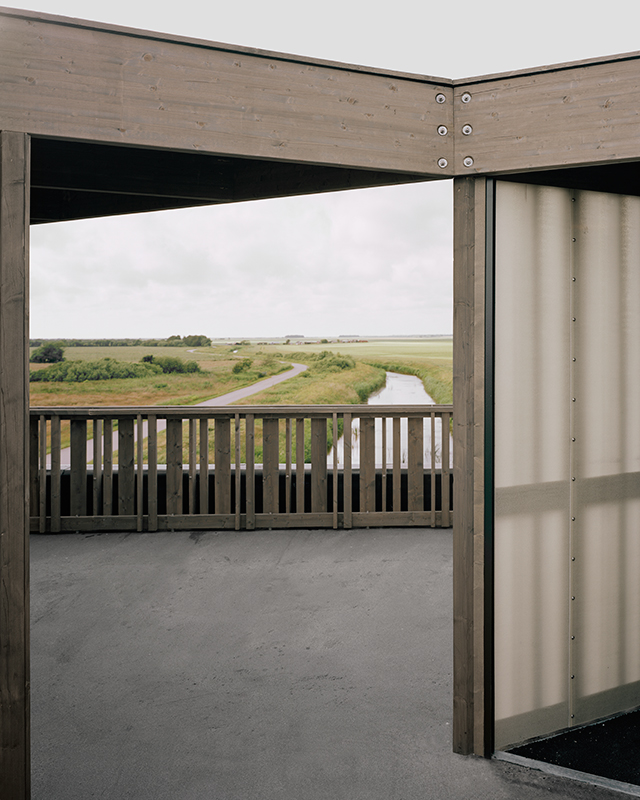
Photography: Rasmus Norlander
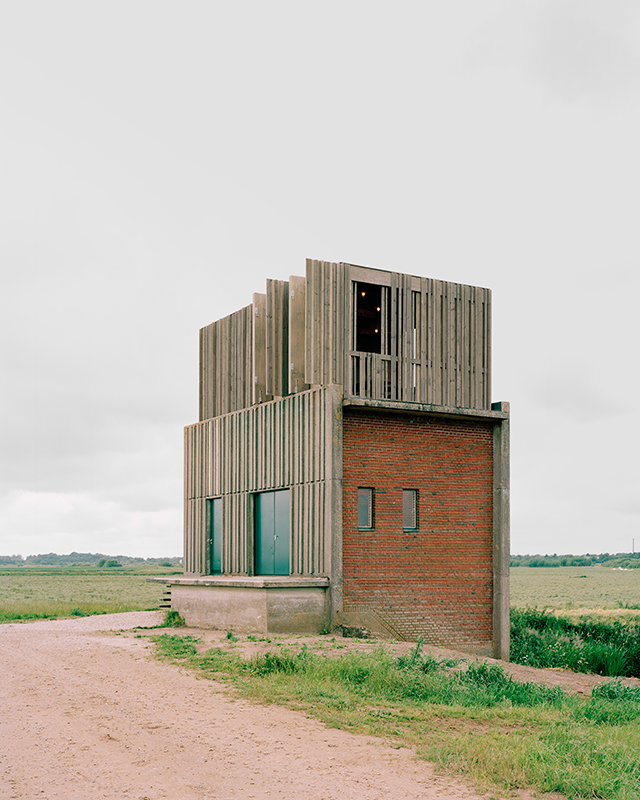
Photography: Rasmus Norlander
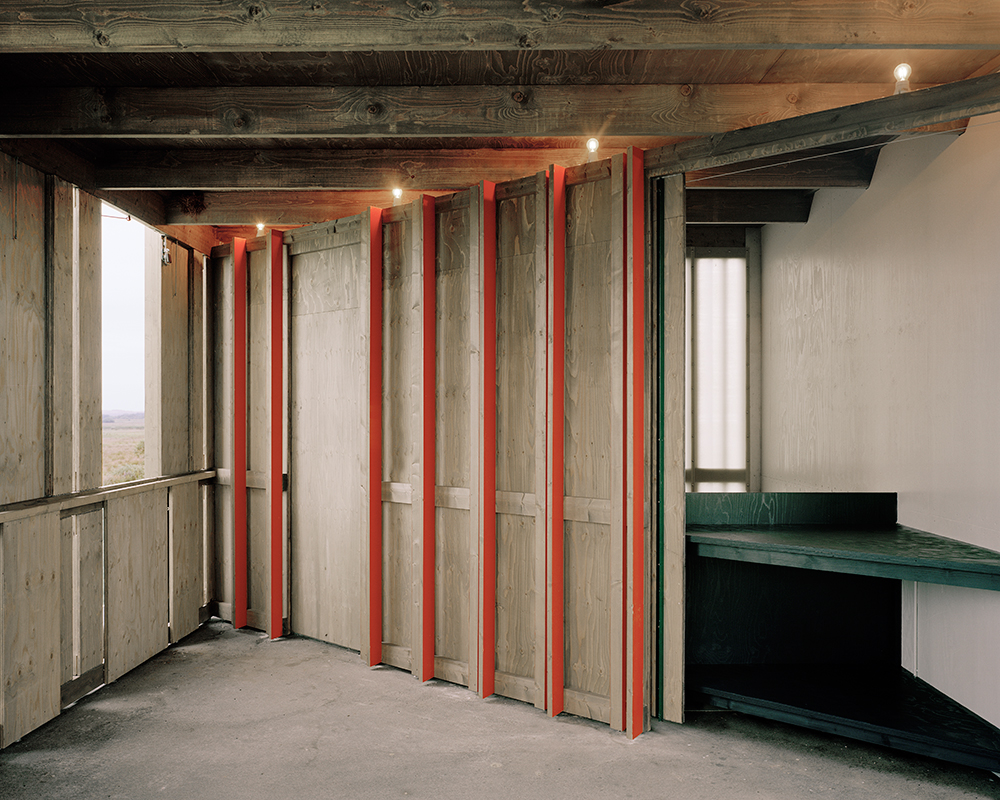
Photography: Rasmus Norlander
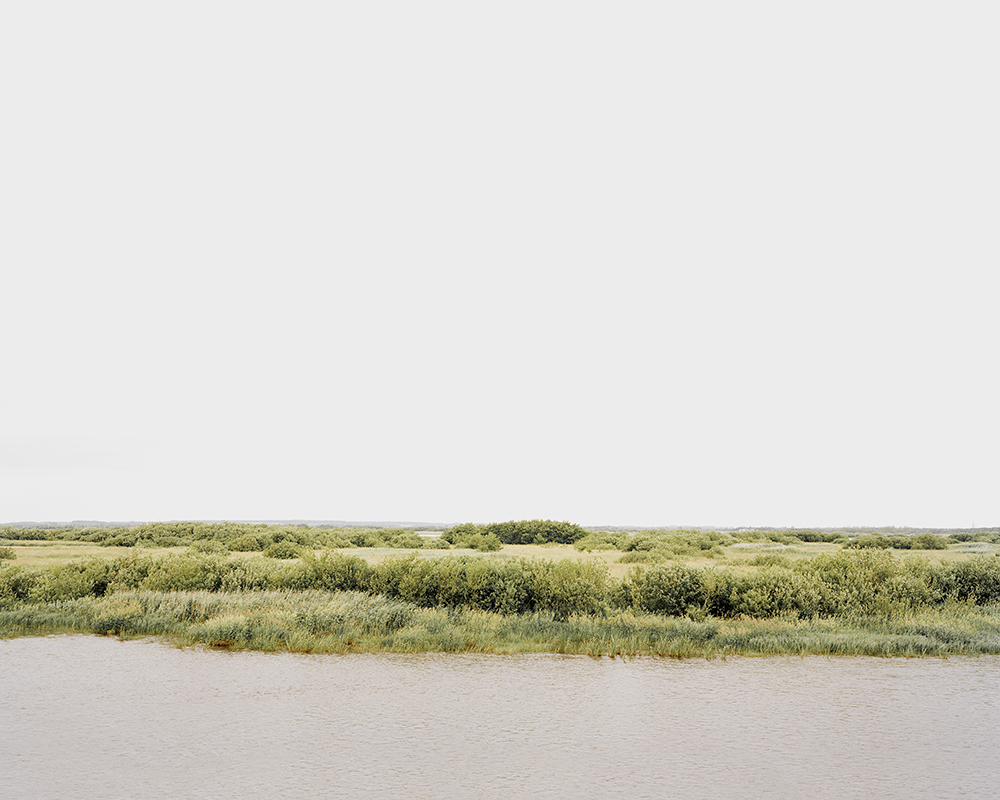
Photography: Rasmus Norlander
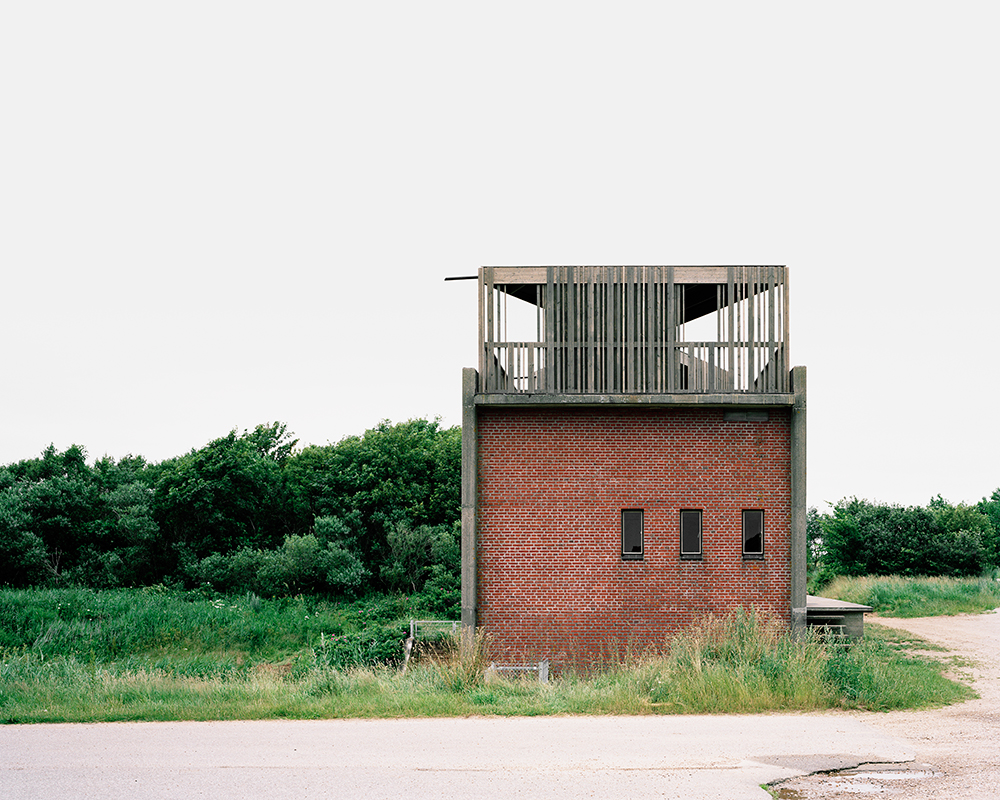
Photography: Rasmus Norlander
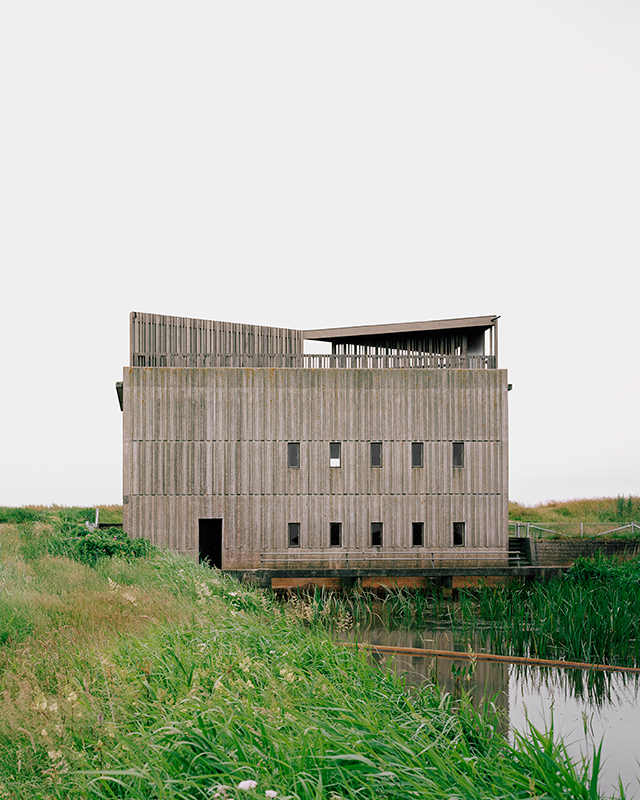
Photography: Rasmus Norlander
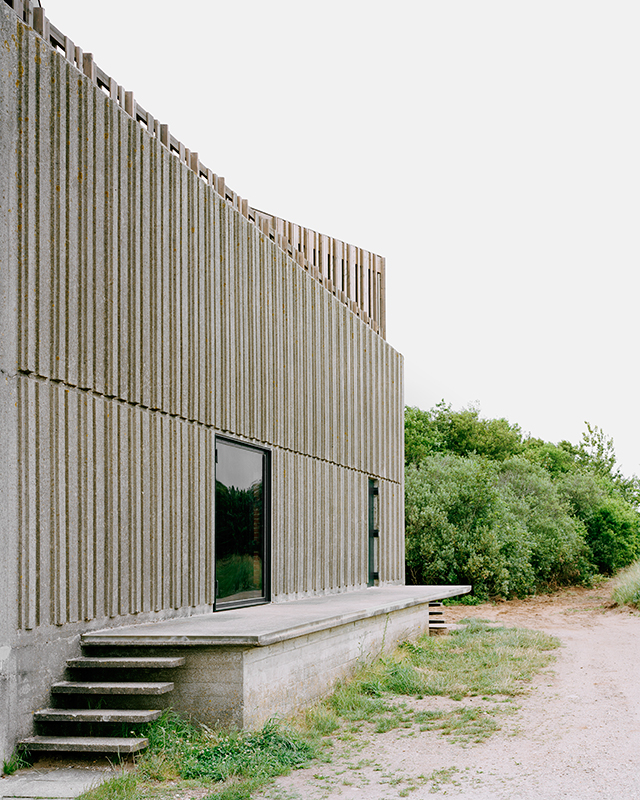
Photography: Rasmus Norlander
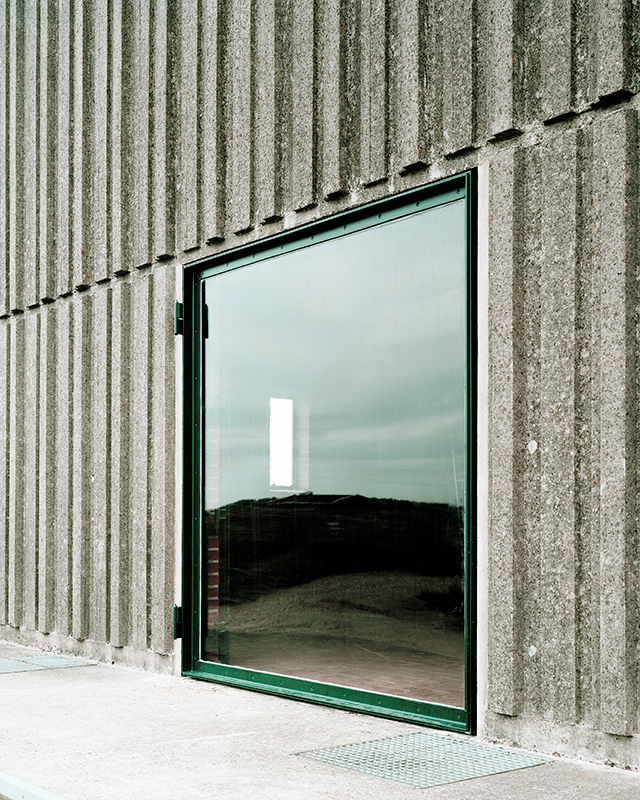
Photography: Rasmus Norlander
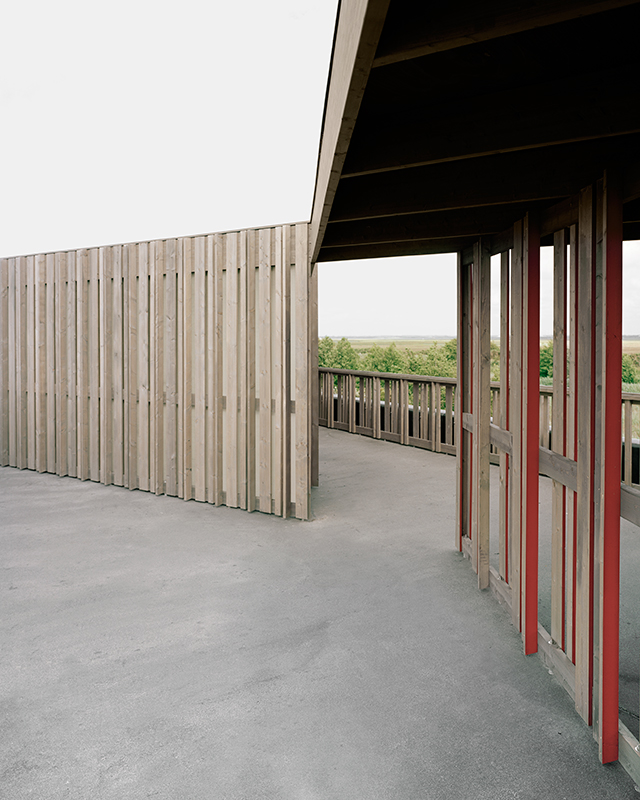
Photography: Rasmus Norlander
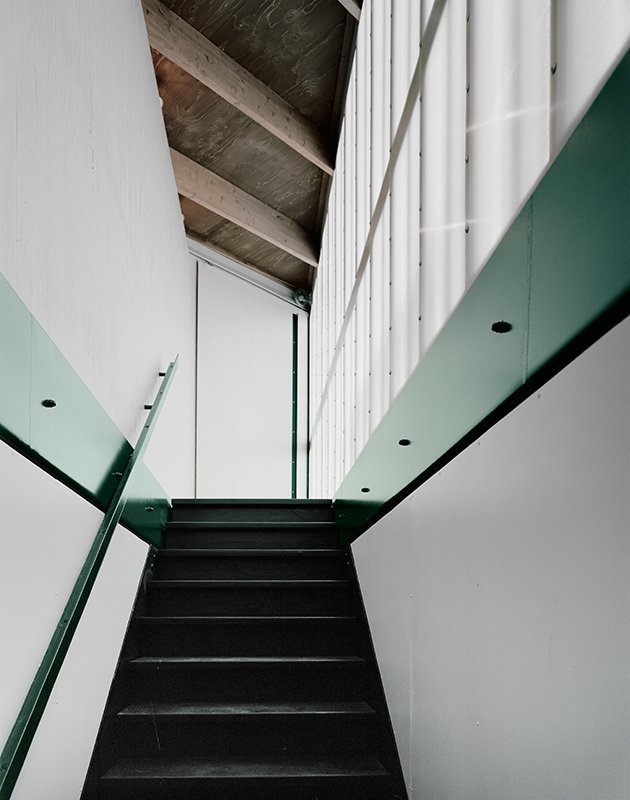
Photography: Rasmus Norlander
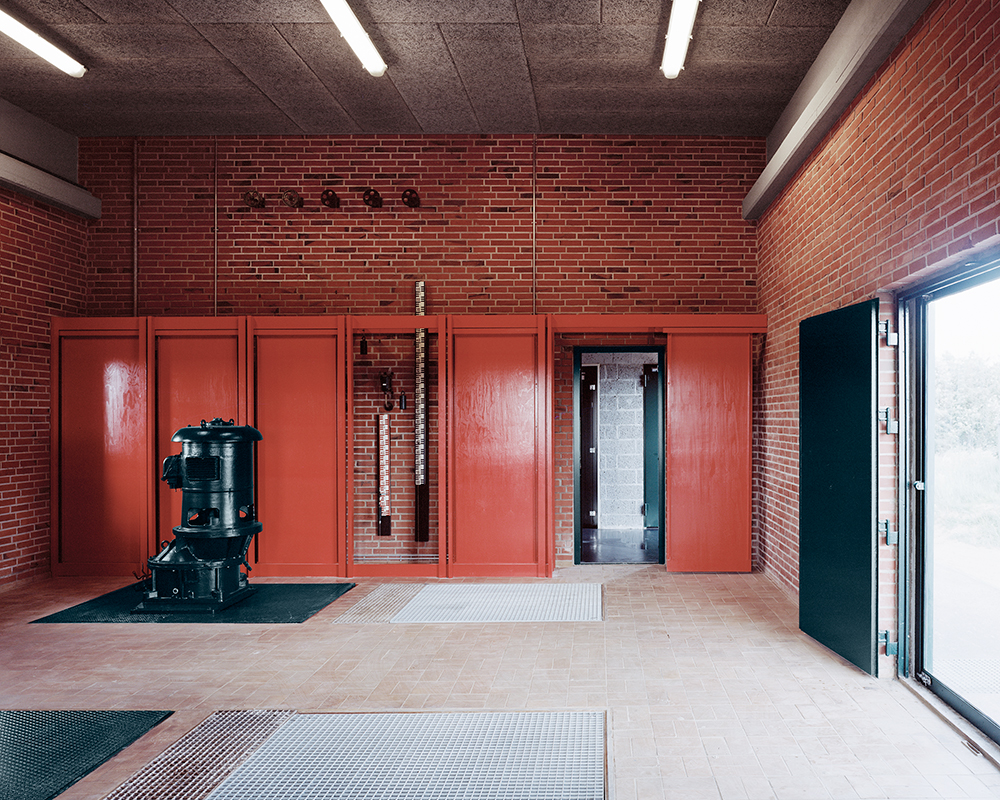
Photography: Rasmus Norlander
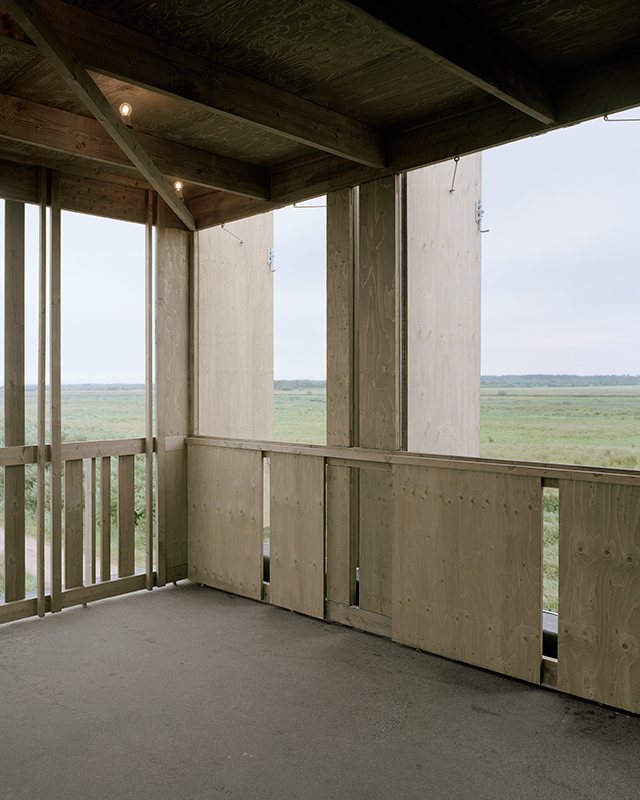
Photography: Rasmus Norlander
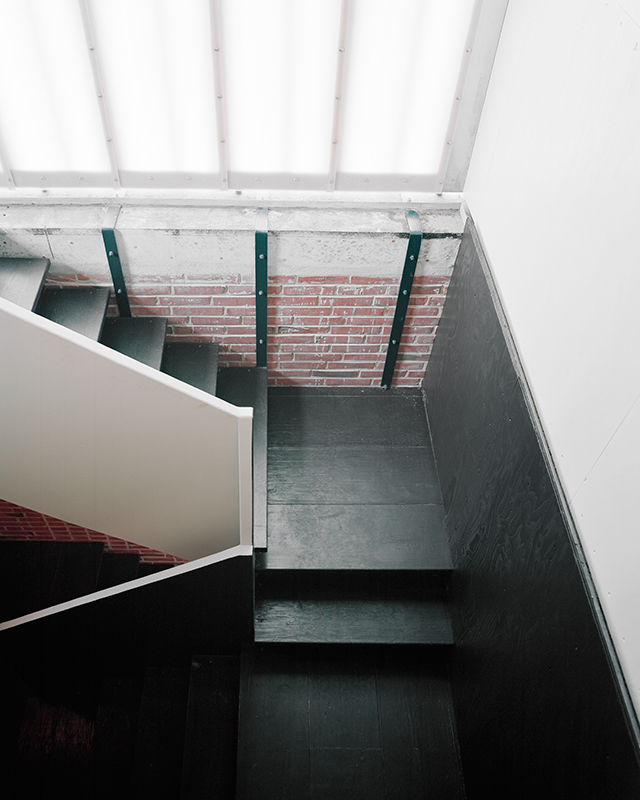
Photography: Rasmus Norlander
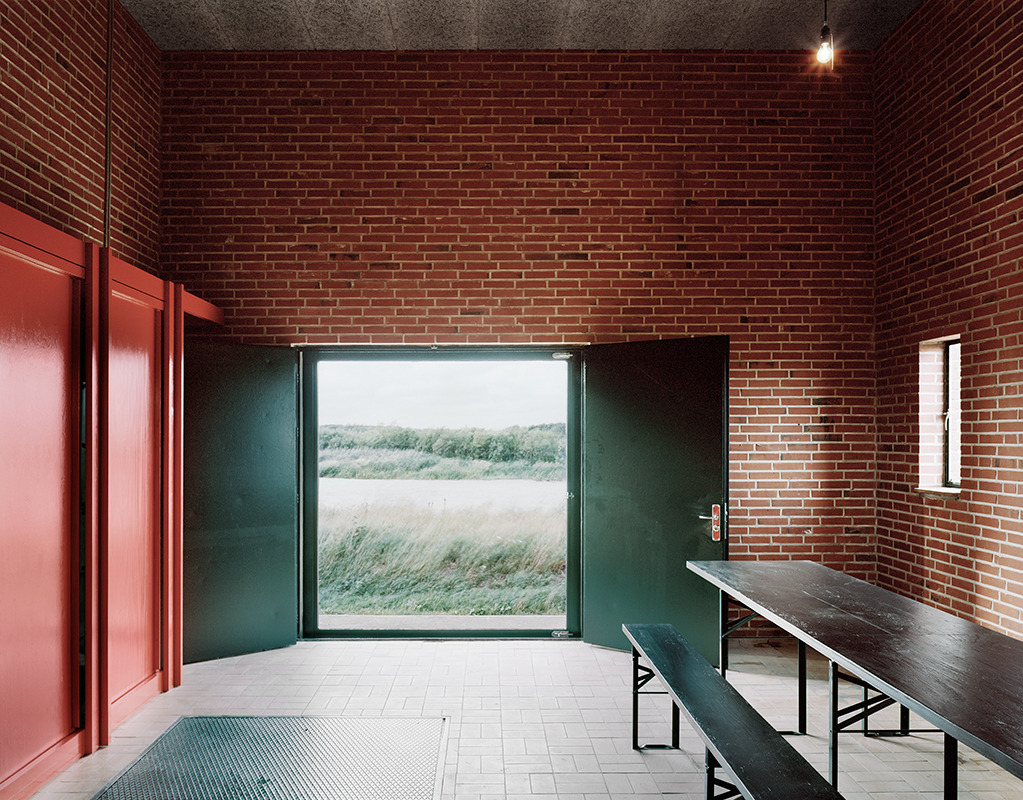
Southwest pump station by Rasmus Norlander
A trio of disused Brutalist pump stations along Denmark’s Skjern River have been brought back to life as public spaces.
‘The pump houses were built in the 1960s, when the river was straightened out to create agricultural land,’ says Soren Johansen, co-founder of Johansen Skovsted Arkitekter, which was tasked with the structures’ adaptive reuse. Built to drain excess water from the new farmland back into the river, the buildings became largely redundant when the landscape was restored to its original state in 2002, leaving their upper parts without use.
Today, the river and its restored marshland is a thriving nature reserve that attracts hundreds of visitors a year. Johansen Skovsted Arkitekter teamed up with Bertelsen & Scheving Arkitekter to turn the buildings into exhibition and picnicking spaces, as well as viewing points for gazing out over the landscape.
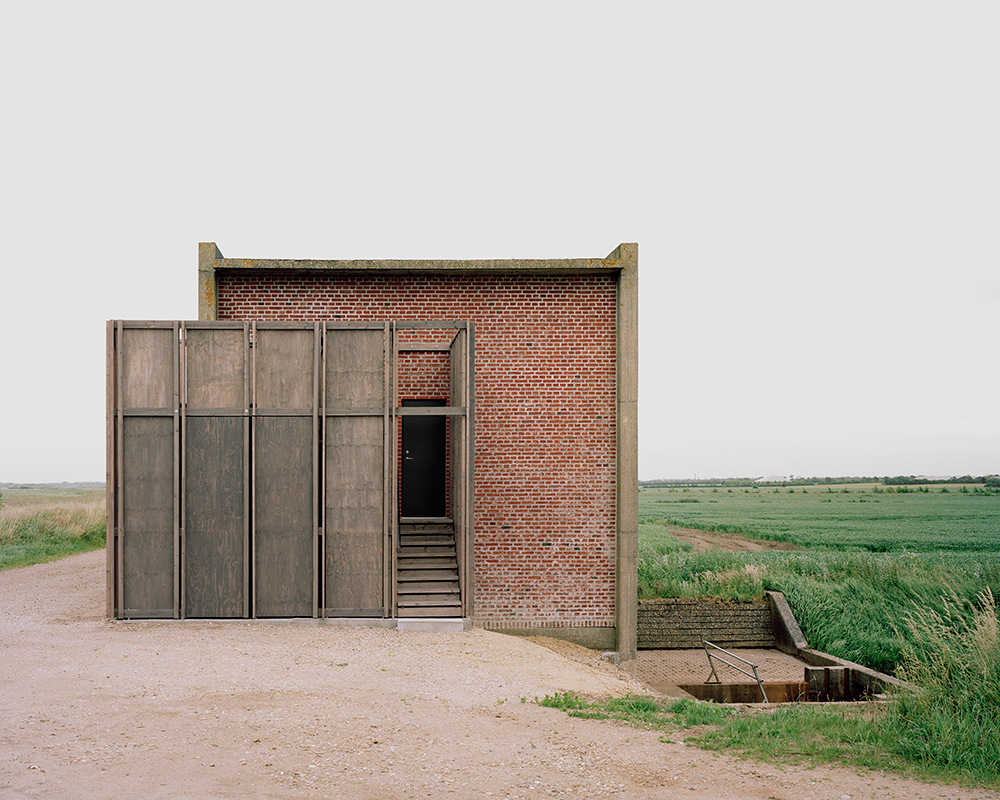
‘The original buildings were rough and cold and not very inviting, on a human level,’ Johansen explains. ‘They’re really machines. We thought wood would be an interesting material to introduce to make them more accessible to people.’
Spruce has been used across the extensions and interior additions, assembled to echo the pattern and rhythm of the concrete relief. ‘Parts of the wood are quite soft,’ says Sebastian Skovsted. ‘In a few years, the wood will get rough and take on a gray patina after exposure to the elements. It works really well with the concrete.’
Johansen Skovsted Arkitekter has built rooftop viewing platforms atop two of the structures, and a side platform on the third.
‘The transformation is really about about transforming these spaces for different functions for the public, who are using this new landscape for recreational purposes,’ adds Johansen.
